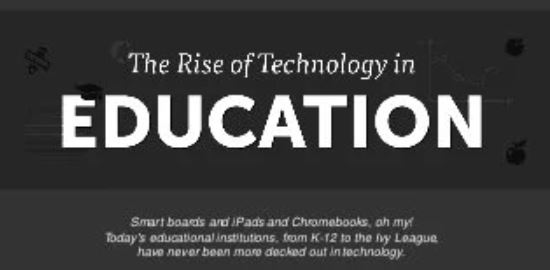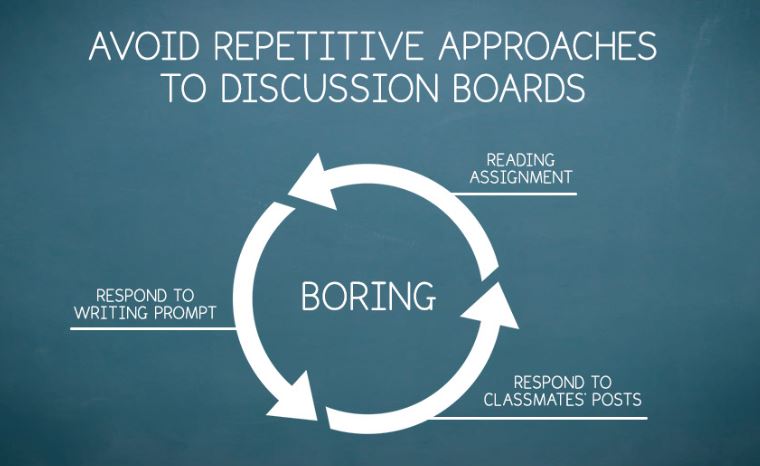How technology has changed education:- It’s no secret that education has undergone a lot of changes in the past few years. Gone are the days when students study for hours each day sitting in a classroom. In their place, we have an ever-changing world that requires quick thinking and problem-solving skills. That’s where technology comes in!
By using tools like Virtual Reality, augmented reality and online learning platforms, educators can help students learn in a way that is engaging and interactive. Not only does this method help students retain information better, but it also allows them to explore topics that they might not have had the opportunity to otherwise.
The Rise of Technology in Education
Technology has revolutionized the way we learn, and it’s not slowing down anytime soon. From MOOCs (massive open online courses) to blockchain technology, there’s always something new to explore in education. Here are five ways technology is changing education:

1. Technology Makes MOOCs Possible: MOOCs (massive open online courses) are one of the most prominent examples of how technology is changing education. These courses are offered by colleges and universities all over the world, and they’re often free. They allow students to learn from top professors without having to leave their homes or spend hours on campus.
2. Technology Helps Students Bridge Differences in Culture: One of the biggest benefits of technology is that it can help students from different cultures communicate more effectively. For example, many students in China are now taking MOOCs in English because they want to improve their language skills. This helps them connect with people from all over the world, and it opens up new opportunities for them.
Technology Helps Students
3. Technology Allows Students to Progress at Their Own Pace: Many students today prefer to learn using technology because it allows them to progress at their own pace. For example, if the student is struggling with a MOOC, they can always pause it and continue later. This allows them to get the most out of the course without feeling overwhelmed.
4. Technology Helps Students Stay Ahead of the Curve: Technology is constantly changing, which means students need to be up-to-date on the latest trends in order to succeed. For example, they need to be aware of blockchain technology if they want to gain a competitive edge in the job market.
5. Technology Makes Learning More Fun: Technology can also make learning more fun. For example, some students prefer to learn using games that challenge their minds. Others like to use technology to create their own content and share it with other people.
How Technology Has Changed the Way We Learn
In the past, many people believed that the more books a person read, the better educated they were. Today, we know that this is not true. In fact, most people learn best when they are able to use technology to their advantage.
For example, many students now learn best by using videos and other online resources. This is because they can access these resources from anywhere and at any time. Additionally, technology has made it possible for students to share ideas and information with each other. This is why online courses are so popular. They allow students to learn from experts without ever having to leave their homes.
Overall, technology has revolutionized the way we learn. It has allowed us to access information from all over the world, share our ideas with others, and keep up with our schoolwork no matter where we are.
Future Trends in Education
Technology is changing education and the way students learn. The internet has allowed educators to share resources more easily, and to connect with students around the world. Additionally, mobile devices have made learning on the go easier than ever. In addition, edtech startups are working to make learning more interactive and engaging for students.
Active engagement with the learning material.
Technology has changed education by allowing for more active engagement with the learning material. For example, online lectures and courses can be supplemented with interactive questions and discussions that allow students to ask questions and participate in the learning process.
Don’t miss>>>
This type of engagement allows for a more interactive and immersive learning experience that can help students retain information better. Additionally, technology has made it easier for educators to create engaging materials, such as digital textbooks and course materials, which can help students learn more efficiently.
Use of real-world issues.
Technology has changed education by making it easier for teachers to share information with students. For example, they can use tools like Blackboard to create and share assignments. This makes it easier for students to understand the material, as well as get help when they need it. Additionally, technology allows educators to keep track of student progress in real-time.
Simulation and modeling.
Technology has changed education in a number of ways. One way is through the use of simulation and modeling software. This software allows educators to create digital models of various aspects of the classroom, such as student behavior or educational settings.
Educators can then study these models to better understand how different factors, such as teaching methods or classroom resources, affect student outcomes. This type of software has been shown to be helpful in improving student learning.
Discussion and debate boards and forums.
Technology has changed education in a number of ways. For one, it has made it easier for educators to share information with each other and with their students. Additionally, it has allowed educators to develop tools that can track student progress and provide feedback.

And finally, it has allowed educators to interact with their students more on a personal level. All of these changes have had a positive impact on the way education is conducted.
Working groups.
Technology has changed education in a few ways. One way is that it has made it easier for teachers to share information and materials with one another. For example, teachers can use technology to create working groups, which are groups of teachers who work on a specific project together.
This allows them to share ideas more easily and also helps them to avoid duplication of work. Another way that technology has changed education is that it has made it easier for students to access information.
For example, students can use technology to access resources such as textbooks, articles, and videos online. This allows them to learn more efficiently and also saves them time from having to go searching for information themselves.
Coaching.
Technology has allowed educators to use technology in a variety of ways in order to improve their instruction. These technologies can be used in a number of different ways, such as online learning, blended learning, and flipped classrooms. By using these technologies, educators can help students learn in a more efficient and effective way.
One of the most common uses of technology in education is coaching. Coaching allows educators to interact with students one-on-one or in small groups, which allows them to provide individualized instruction and support.
This type of technology has been shown to be an effective way to help students learn and retain information. Additionally, coaching can be used to monitor student progress and determine where they need additional assistance.
Other types of technologies that are commonly used in education include online learning platforms and blended learning techniques. Online learning platforms allow educators to create courses that are accessible from any device or computer.
This type of platform makes it easy for students to access the course materials when they want or need them, which can help them stay engaged in the class. Blended learning techniques involve combining traditional classroom instruction with online resources or exercises.
This type of approach allows students to get the benefits of both types of learning environments, which can help them to learn more effectively. Technology has revolutionized the way that students learn, and educators are using a variety of technologies to help their students achieve success. By using coaching technology, educators can help students to learn in a more efficient and effective way.
Formative assessment.
Technology has changed education in a number of ways, most notably through the use of formative assessment. Formative assessment is a process that helps educators measure student progress and determine where they need to focus their instruction. It also allows educators to better engage students by giving them feedback on their understanding of the material.